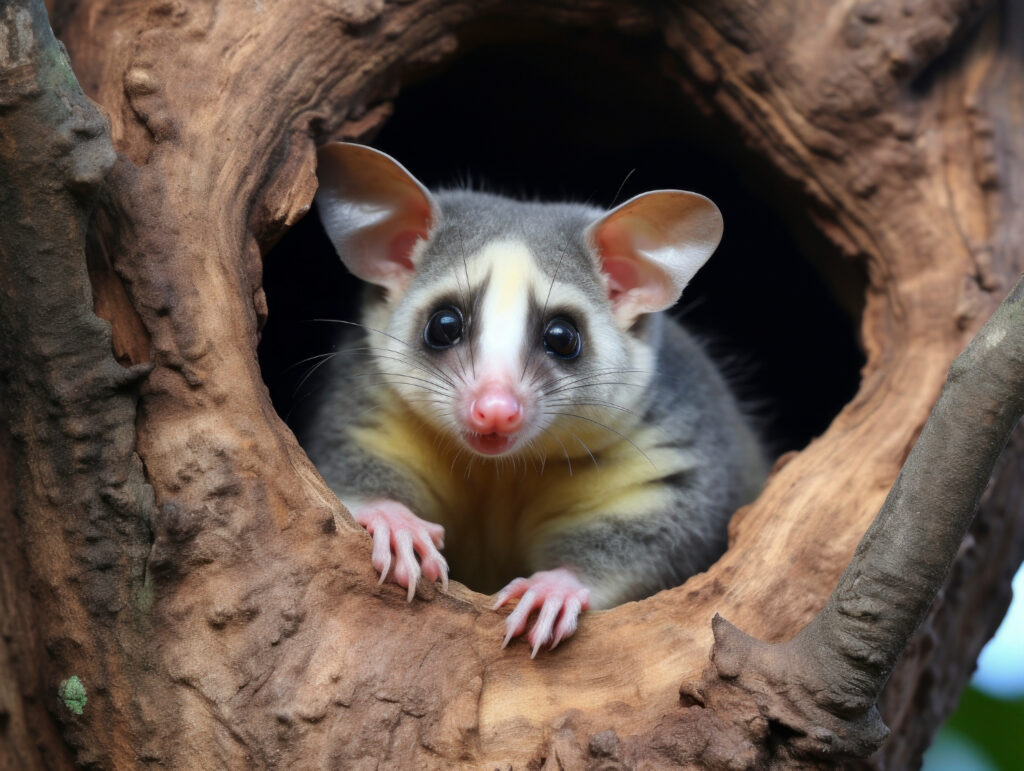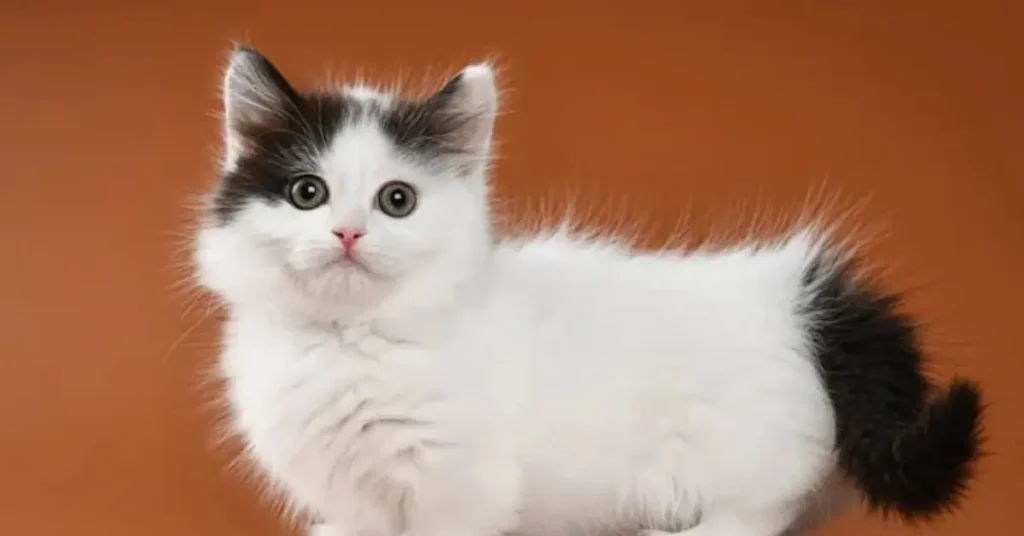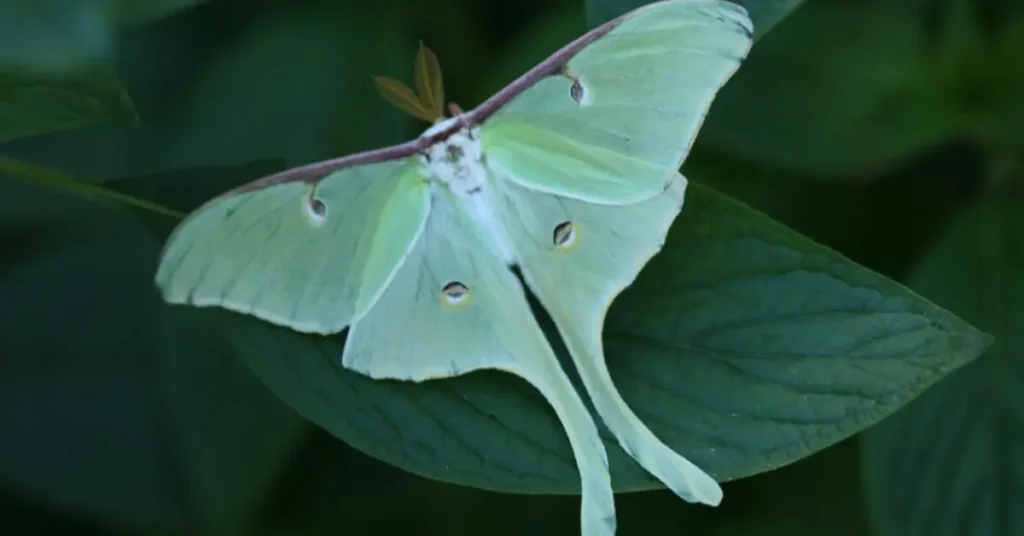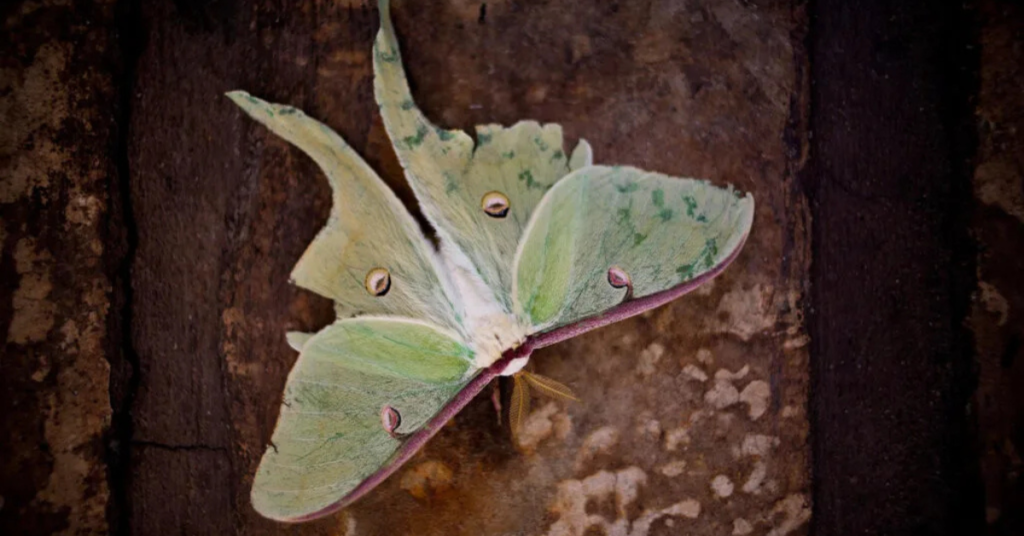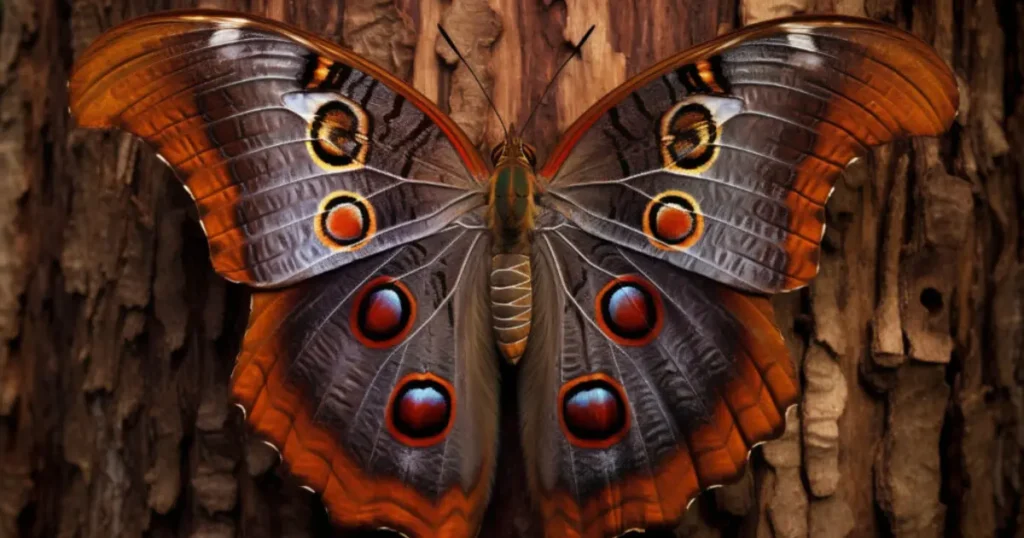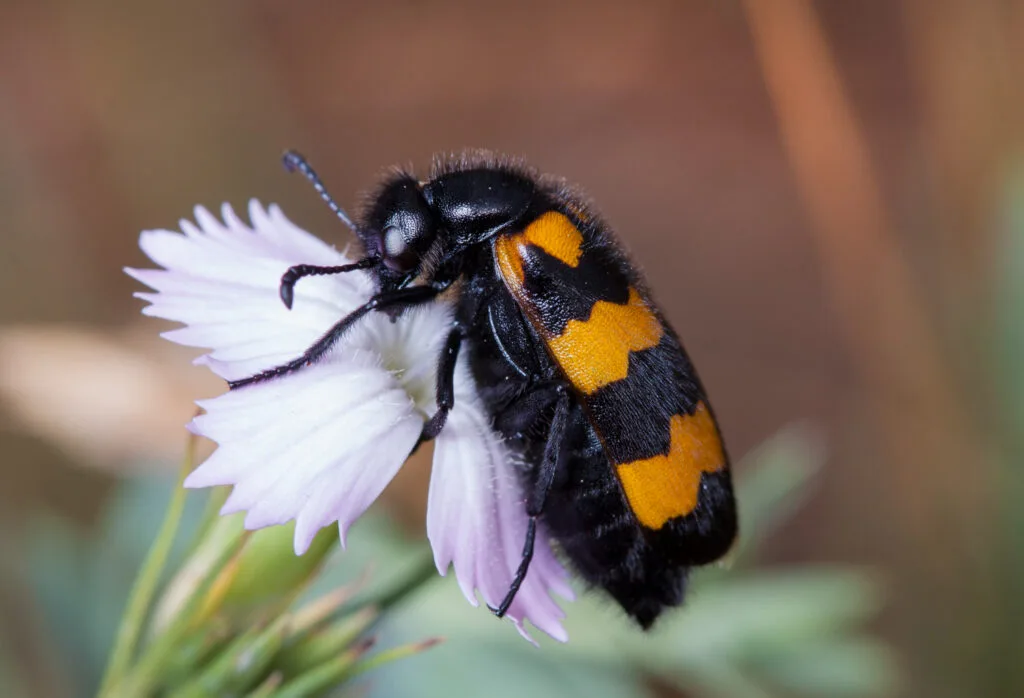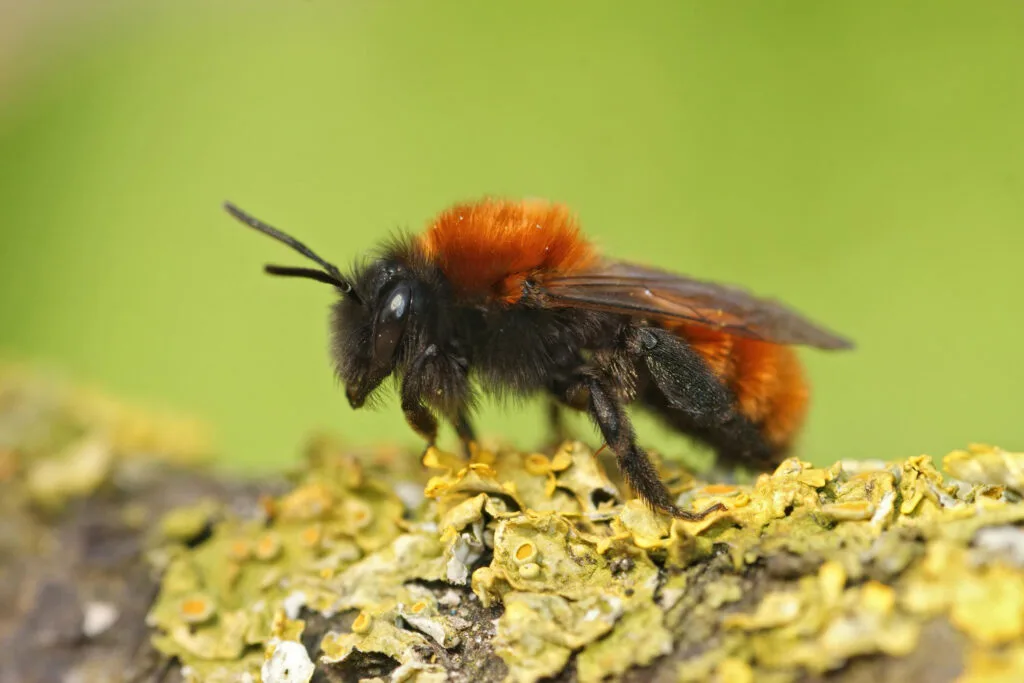Are you thinking about adopting a Sugar Glider? These tiny, adorable marsupials are becoming popular exotic pets thanks to their playful personality and fascinating gliding ability. But owning a Sugar Glider is not as simple as it may seem. They have unique needs that must be met for them to live a happy and healthy life.
This guide will walk you through every important aspect of Sugar Glider care, from their housing and diet to their behaviour and health requirements.
Table of Contents
ToggleWhat Is a Sugar Glider?
The Sugar Glider (Petaurus breviceps) is a small, nocturnal marsupial found in Australia, Indonesia, and New Guinea. They get their name from their love of sweet foods and their ability to glide through the air.
These animals have a thin membrane called the patagium, stretching from their wrists to their ankles, which allows them to glide between trees in the wild. Although small—only about 5 to 7 inches long—they are full of energy and curiosity.
Setting Up the Right Habitat
A comfortable and safe living environment is essential for your Sugar Glider. They are very active and need plenty of space to climb and play.
Cage Requirements:
- Size: The minimum recommended size is 24″ x 24″ x 36″. Larger is better.
- Bar Spacing: Gaps should be less than 0.5 inches to prevent escapes.
- Material: Use rust-resistant, powder-coated metal cages.
Cage Placement:
Place the cage in a quiet area away from direct sunlight and loud noises. As nocturnal animals, they prefer dimly lit spaces during the day and become active at night.
Enrichment and Comfort:
Add climbing ropes, wooden branches, tunnels, and cozy pouches for resting. Rotate their toys regularly to keep them mentally stimulated.

The Ideal Sugar Glider Diet
Diet plays a critical role in the health and longevity of your Sugar Glider. A poor diet can lead to serious issues like calcium deficiency and obesity.
What Should They Eat?
Sugar Gliders require a varied diet that includes:
- Fruits and Vegetables (50%): Offer apples, grapes, carrots, sweet potatoes, and leafy greens. Avoid citrus fruits as they may upset their stomach.
- Protein (25%): Cooked chicken, scrambled eggs, and mealworms provide essential protein.
Nectar and Supplements (25%): In the wild, Sugar Gliders consume tree sap and nectar. You can replicate this with commercial nectar supplements and honey-based treats. Feed them twice a day, ideally during the evening and early morning when they are most active.
Foods to Avoid:
Avoid feeding your Sugar Glider anything that contains chocolate, caffeine, onions, garlic, dairy products, and processed foods. These can be toxic or harmful to their digestive system.
Understanding Their Social Needs
Sugar Gliders are highly social animals. In the wild, they live in colonies and form strong bonds with their group members.
Should You Keep More Than One?
It is highly recommended to keep Sugar Gliders in pairs or small groups. A single Sugar Glider can become lonely, stressed, and even depressed. If you can’t manage more than one, you must spend significant time bonding with your pet daily.
Bonding With Your Sugar Glider
Building trust with a Sugar Glider is a gradual process. However, once bonded, they become very affectionate and loyal.
Bonding Tips:
- Use a bonding pouch to keep your glider close during the day.
- Offer treats like small fruit pieces by hand to encourage trust.
- Spend time near their cage speaking softly so they become familiar with your voice.
Be patient. Bonding may take several weeks, but the relationship you build will be worth the effort.
Common Behavioural Traits
Understanding their behaviour is key to proper Sugar Glider care.
- Nocturnal Activity: They are most active at night and love exploring and playing after sunset.
- Communication: They make a variety of sounds like chirps, clicks, and even barking noises to communicate.
- Marking Territory: Males often have scent glands and may mark their space or their companions.
If your Sugar Glider starts biting or acting aggressively, it may be a sign of stress, fear, or lack of socialisation.
Note:
They thrive in active homes with regular exercise routines.
How Much Sleep Do Sugar Gliders Need?
Since they are nocturnal, Sugar Gliders sleep during the day for around 12 to 14 hours. Provide soft sleeping pouches or nesting boxes in a quiet area to make them feel secure.
Avoid disturbing their rest during the day unless absolutely necessary, as this can stress them out.

Sugar Glider Health and Common Issues
Proper care can help your Sugar Glider avoid common health problems, but it’s important to know what to look for.
Common Health Concerns:
- Calcium Deficiency: This leads to weak bones and can cause paralysis. Offer calcium supplements if needed.
- Obesity: Avoid feeding too many high-fat treats and ensure they have enough space for exercise.
- Stress Illnesses: Lack of social interaction and a poor environment can lead to depression.
Take your Sugar Glider for annual check-ups with a vet who specialises in exotic pets.
Sugar Glider Lifespan
With good care, a Sugar Glider can live for 10 to 15 years in captivity. This makes them a long-term commitment, similar to cats and dogs.
How to Support a Long, Healthy Life:
- Provide a balanced, nutritious diet.
- Keep them active and mentally engaged.
- Ensure they have companions to avoid loneliness.
- Maintain a clean, safe environment.
Their quality of life directly affects how long they live, so don’t take their care lightly.
Are You Ready for a Sugar Glider?
While they are small and adorable, Sugar Gliders require as much commitment as larger pets. They need social interaction, a proper diet, mental stimulation, and plenty of space to play.
Before bringing one home, ask yourself if you can dedicate the time and resources needed to keep them healthy and happy.
Quick Care Checklist:
- Spacious and escape-proof cage
- Fresh fruits, vegetables, and protein sources
- Daily interaction and bonding time
- Social companionship with other Sugar Gliders
- Regular health check-ups
Conclusion
Owning a Sugar Glider is a rewarding experience for the right person. These playful, loving marsupials bring endless joy, but they also require dedicated care and attention.
If you’re ready to meet their needs and provide a loving home, your Sugar Glider will become a cherished companion for years to come.

